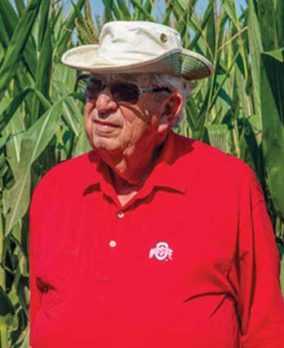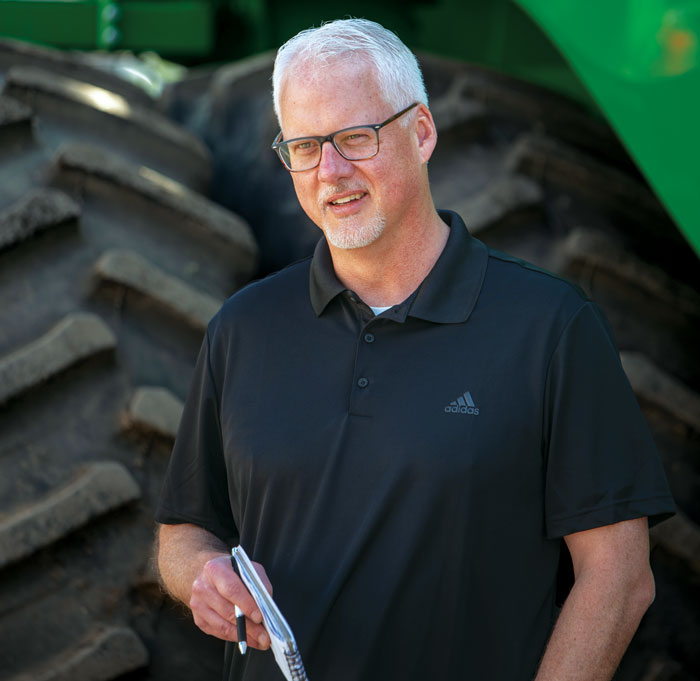Editor’s Note: This article complements the YOUR NO-TILL HISTORY article on “World’s Longest Continuing No-Till Plots at Ohio State Hit 60 Years” that appeared in the February 2023 edition of No-Till Farmer.
Bill Richards, Ohio no-tiller, No-Till Farmer Legend and retired chief of the Natural Resources Conservation Service (NRCS), remains frustrated that perfection-seeking scientists haven’t been able to put a dollar value on soils under no-till, nor the economic impact of the farmers.
“We've never put a dollar sign on what improved organic matter or improved till means to the soil,” says Richards. “It doesn't look like that hard of a thing to measure, but the scientific community gets bogged down in perfection and misses the point. It doesn't have to be measured to the last degree, because it’s so obvious.”
When asked where to look on the value no-till has brought, he points to the marginal land that was brought back into production. He also returns the question by Glover Triplett (another No-Till Farmer legend who started the no-till plots at Ohio State in 1962) to the “Way Out Farmers” group assembled to test out the unproven practice. Triplett asked, ‘Why are you guys with the high-priced land not looking at this rolling land that you can grow good corn on?’
“Think about how many acres we brought into production? That could be measured.” He says the numbers will be in the billions of dollars.
“The USDA Farm Service Agency offices know how many acres and the statistical people know how many acres of corn we've had each year. We haven't made any more black lands, but we sure had more corn on more acres. And you can go east from me here into the rolling parts of the next county and I see them using a rye crop and you can look at those fields and they're doing a fantastic job. Before, I didn’t even think that would've been possible over time.
“There's so much land being farmed successfully that had to be in pasture before because of the erosion and the gullies. And so no-till opened up lots and lots of money in the state. Now the lakebed up there with that perfect flat, high organic soil, we don't have enough no-till going on.
“If we had a higher percent of no-tillage up there, I’d like to say that the algae problem would not be as bad. But we're improving now.”
Richards is clearly excited by the new knowledge that’s come out recently on cover crops. “We understand now that no-till isn’t going to solve all the problems nor make all the improvements in the root zone very quickly. But when cover crops are added to no-till, it changes the soil quality that changes the bugs and the bacteria and everything. It's all those roots from a cover crop added to no-till that really makes the soil healthy. The addition of organic matter that makes it work. No-till put the shield over the top, but it wasn't enough.
“There's got to be no-till plus a cover crop that puts more roots under that soil to affect the water quality and fertilizer movement.
At the time of the interview, Richards was preparing to give a talk on politics and ag policy. He said many states, including his own in Ohio, are making a mistake. “You can't just throw money at the problem. You got to teach somebody how to do it. And so far, we're just throwing money at it.”
The No-Till History Series, appearing throughout 2023, is supported by Montag Mfg. For more historical content, including video/multimedia, visit www.No-TillFarmer.com/historyseries.








Post a comment
Report Abusive Comment